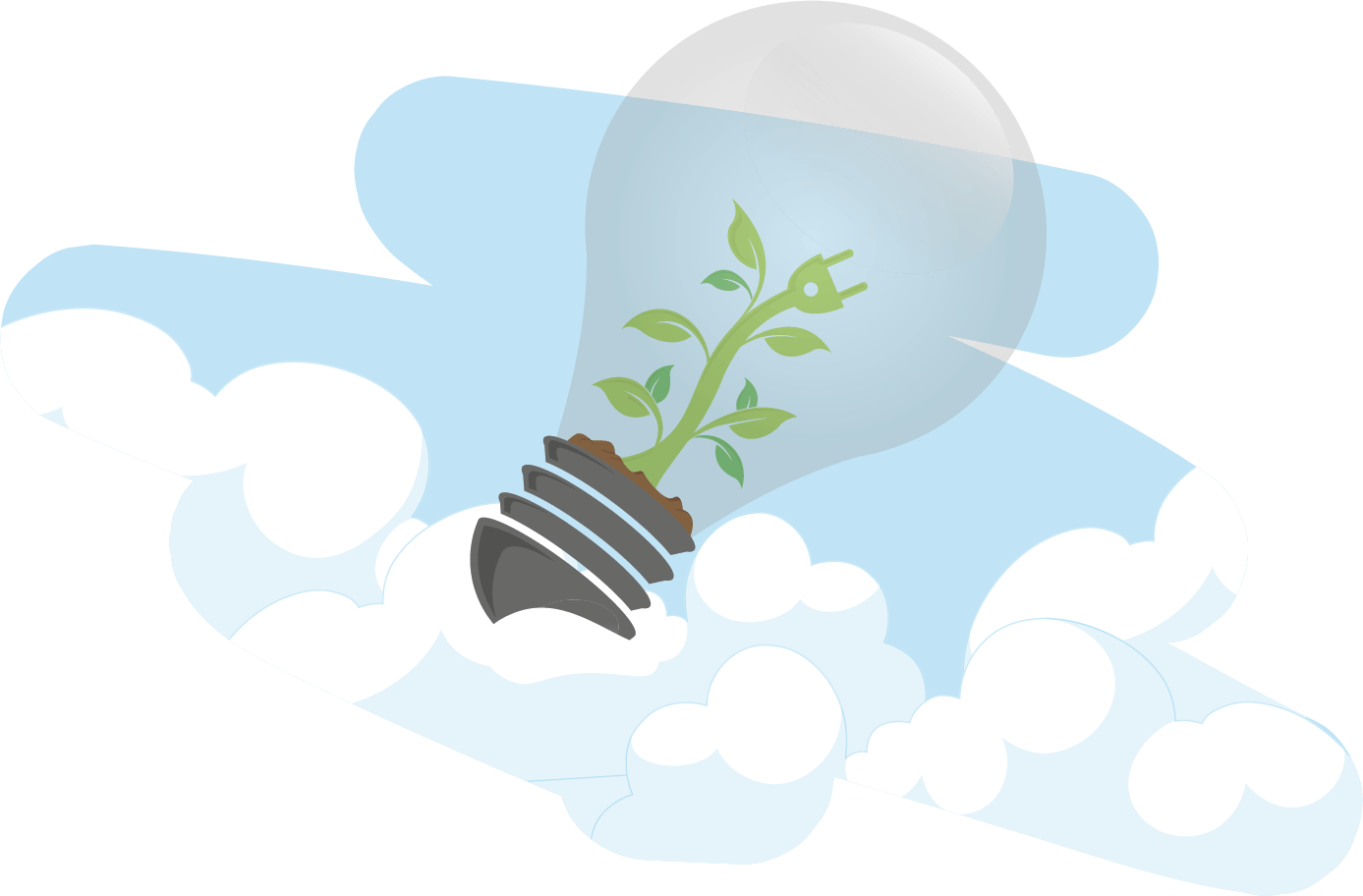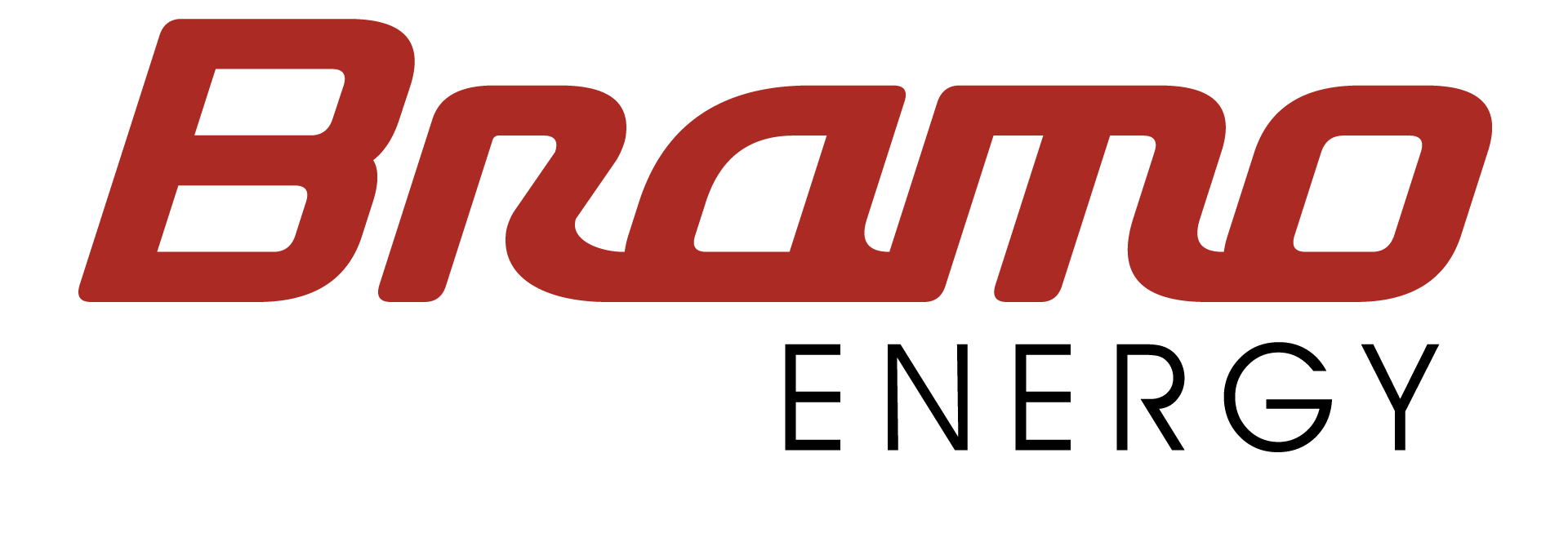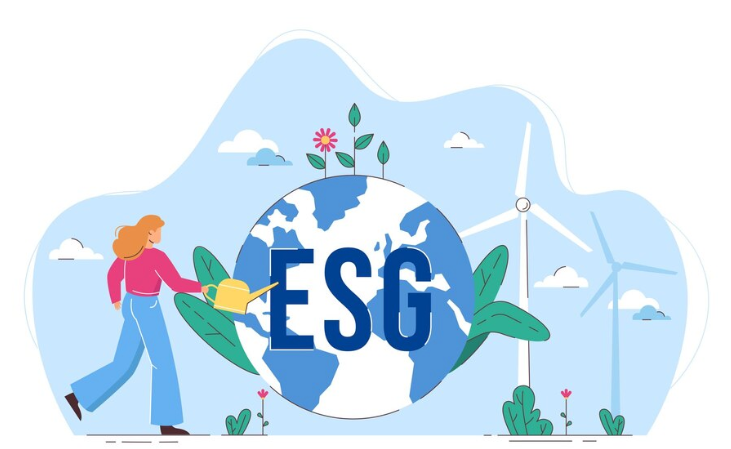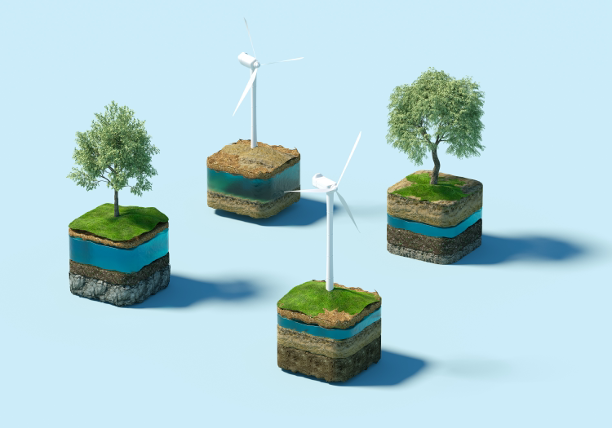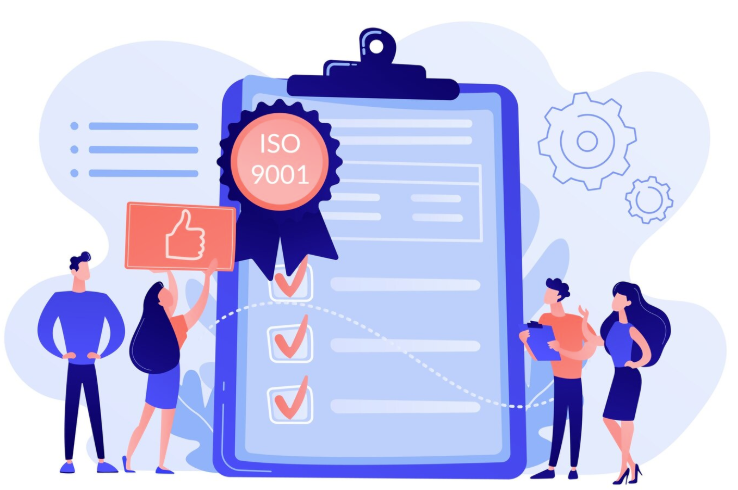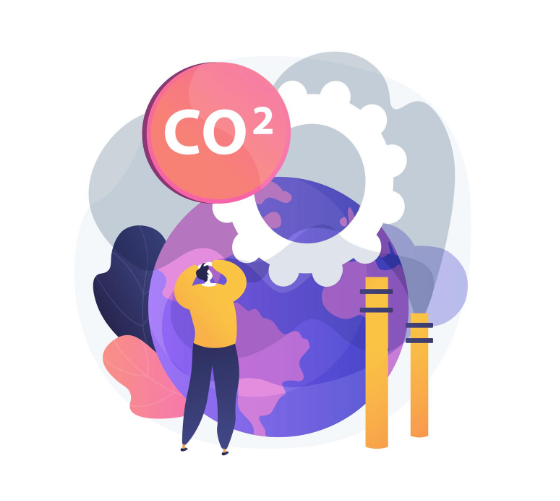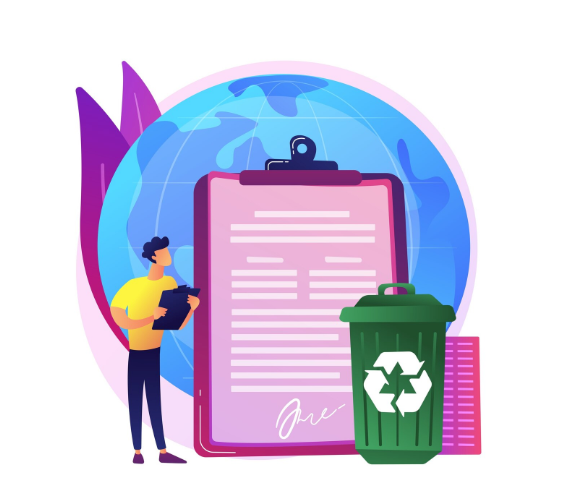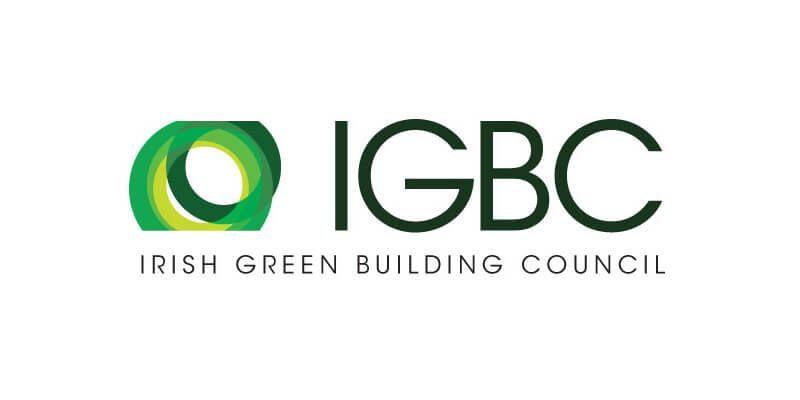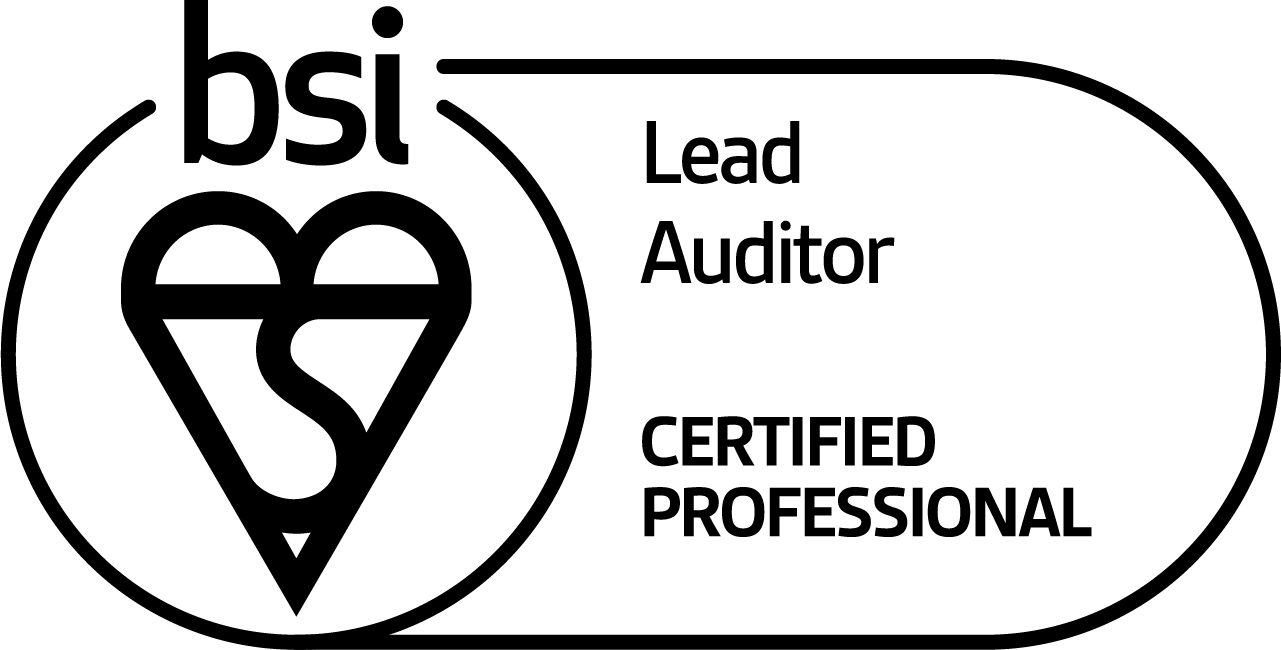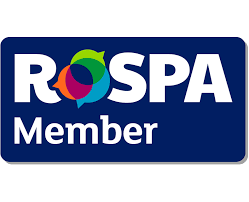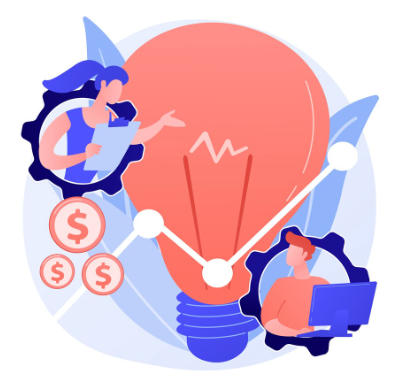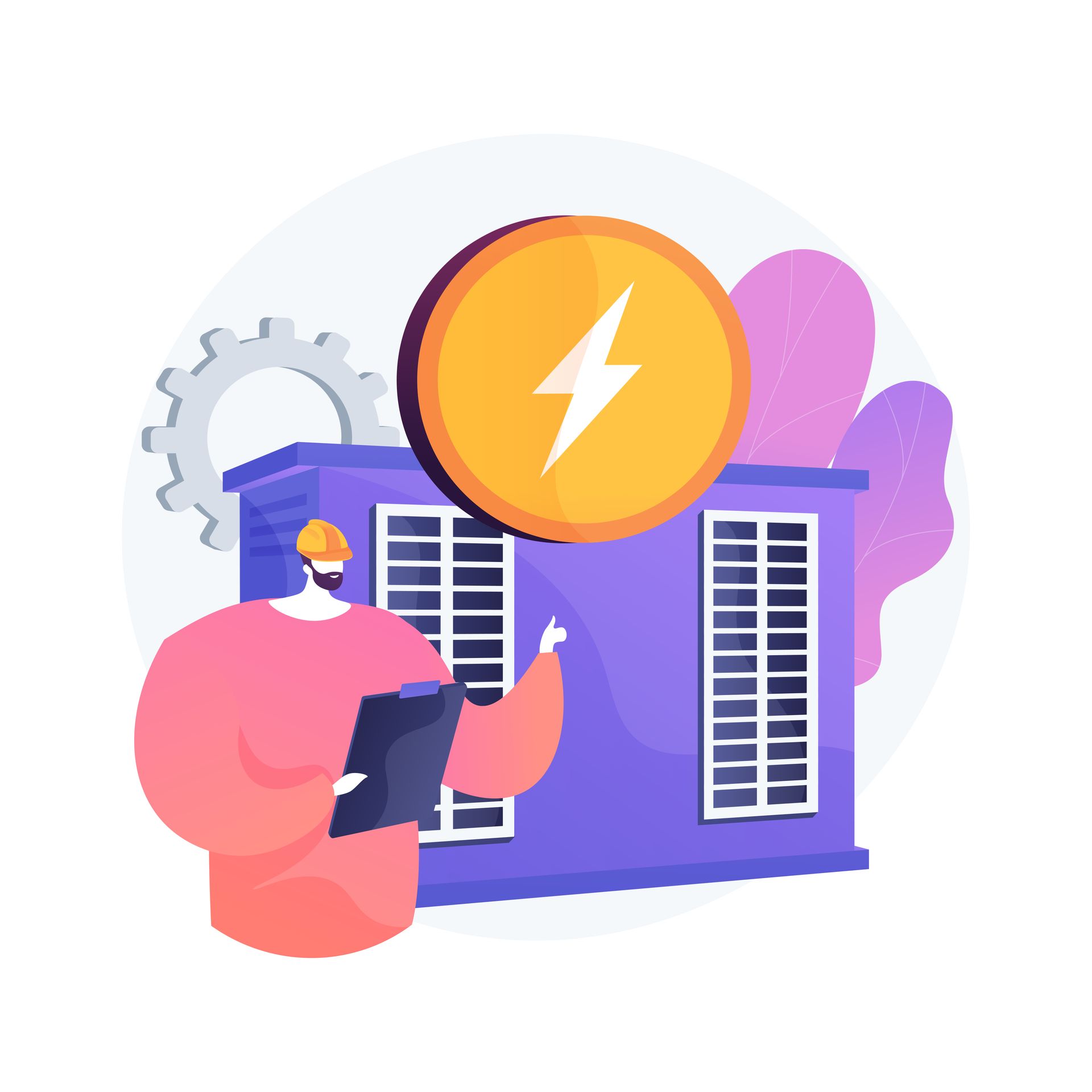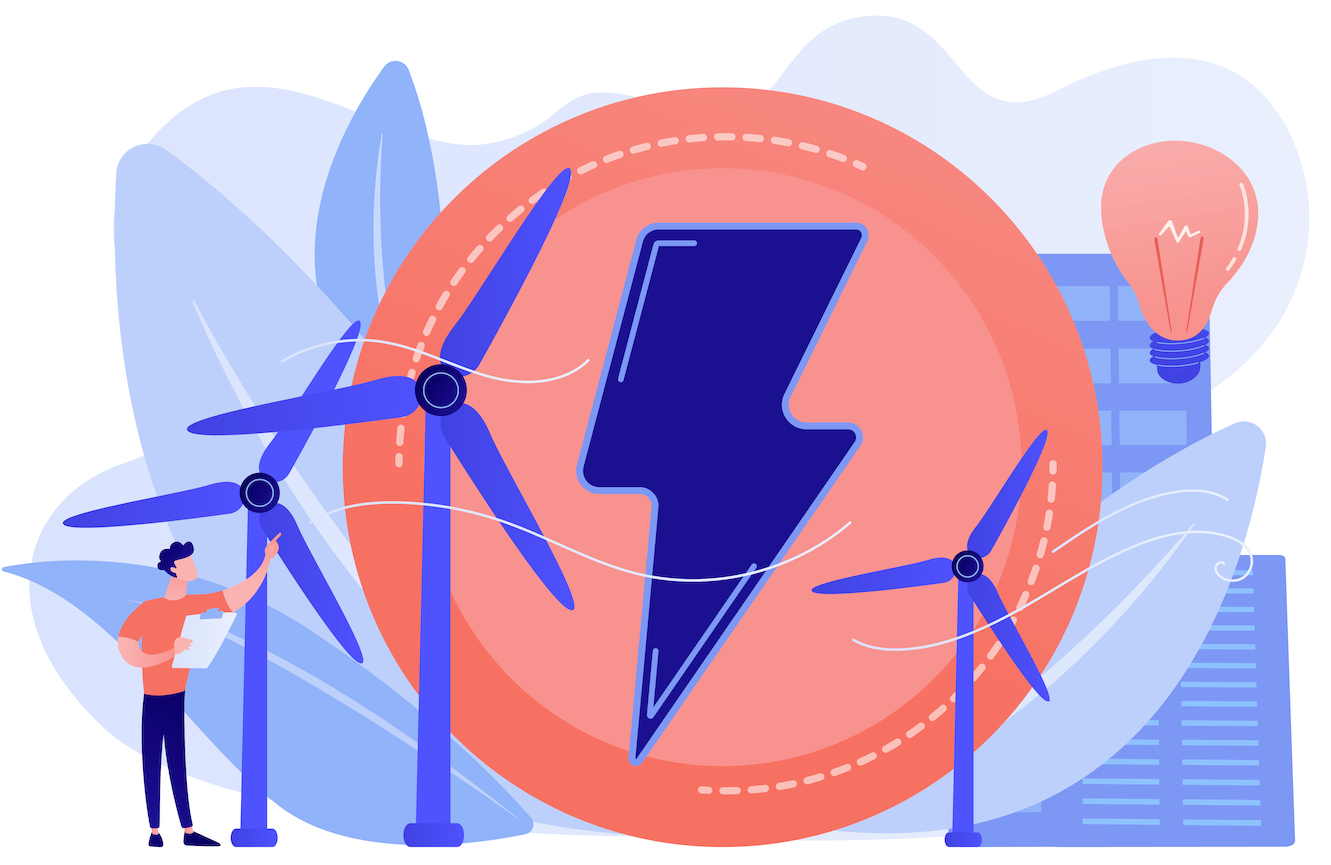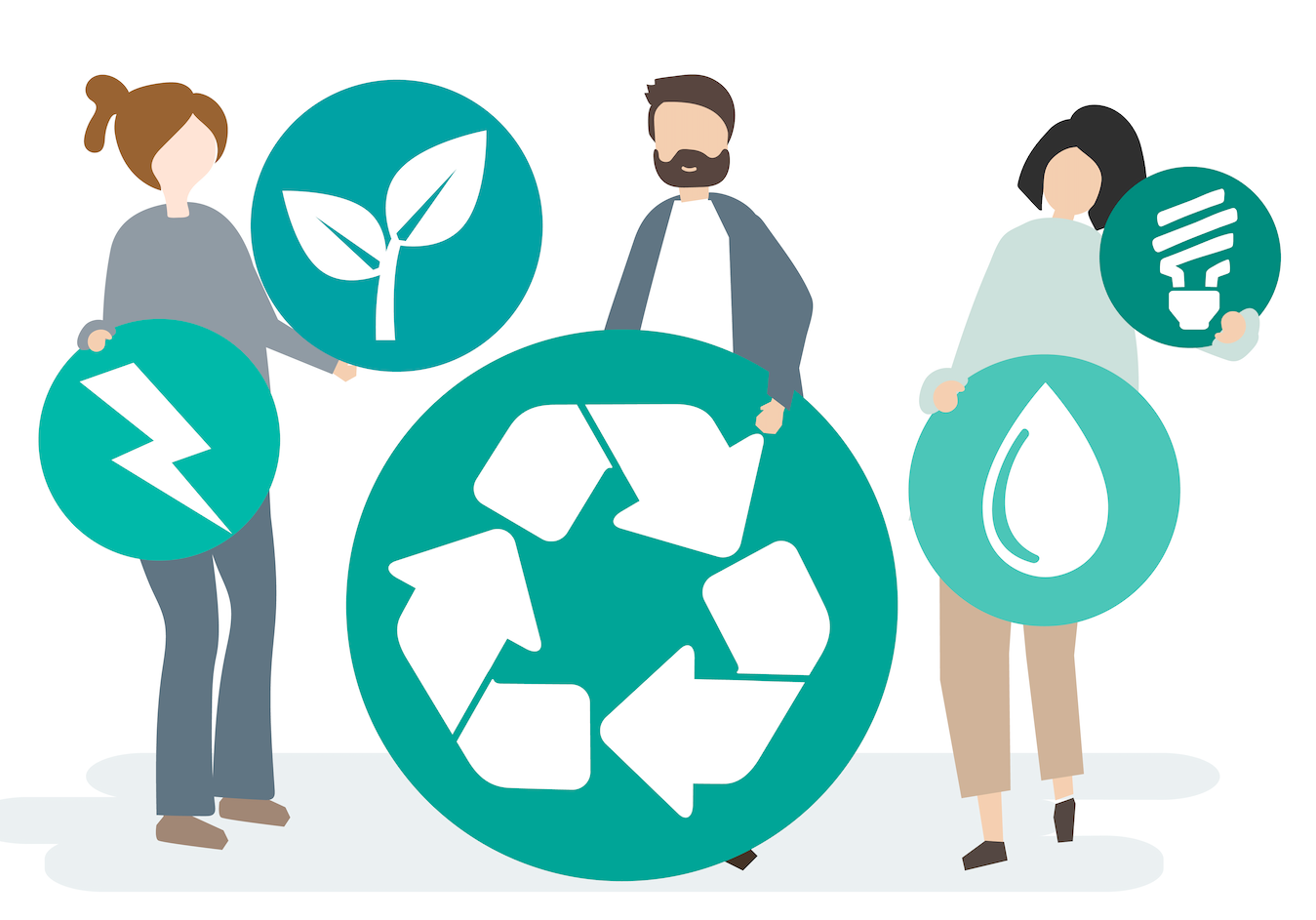
Empowering Your Workplace to Save Energy: Practical Strategies.
Driving energy efficiency in your organisation delivers significant benefits, from reduced operational costs and a smaller carbon footprint to enhanced corporate image and increased employee engagement.
This article provides actionable insights for Directors, Facilities Managers, Sustainability Managers, and HR professionals on how to proactively motivate your staff to save energy.
Why Staff Engagement Matters.
Companies around the globe aim to be net-zero to support their sustainability goals, and this will take transformation across every sector. While infrastructure upgrades like new heating systems or solar panels are crucial, they can be time-consuming and costly. In contrast,
changes in behaviour often cost very little and can yield immediate benefits. Extending this to your organisation, engaging staff to adopt energy-saving habits can lead to significant savings and contribute to your sustainability goals.
Understanding the Psychology of Change.
Successfully motivating energy-saving behaviours requires understanding how habits are formed and broken:
- Habits are ingrained: Recognise that existing behaviours are hard to change, and new habits take consistent repetition (averaging 66 days).
- Praise over criticism: Positive reinforcement is more effective than negative feedback.
- Immediate rewards resonate: Short-term incentives are more impactful than distant goals.
- Loss aversion is powerful: Framing messages around potential losses from inaction ("We're wasting €10,000 by not doing X") can be more effective than highlighting gains.
- Capitalise on change: Introduce energy-saving initiatives during periods of organisational change (e.g., office moves, refurbishments) when people are more receptive to new behaviours.
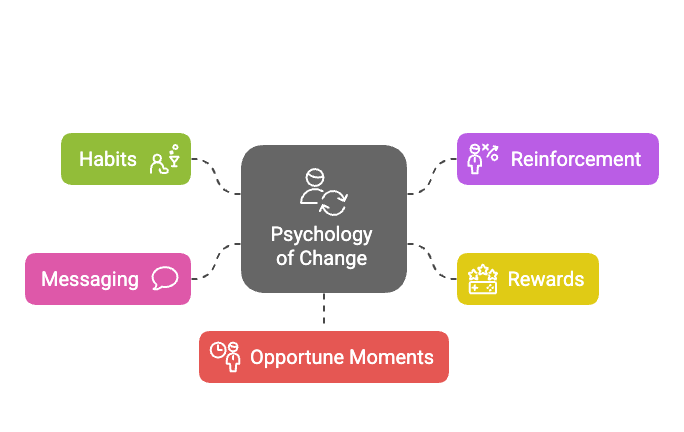
Your Actionable Guide to Engagement.
Here's a step-by-step guide to empower your staff to save energy:
1. Define Your Goals (For Directors & Sustainability Managers):
- Establish clear aims that align with your organisation's overall objectives and sustainability targets.
- Set SMART (Specific, Measurable, Achievable, Relevant, Time-bound) objectives to track progress and demonstrate the impact of your campaign.
2. Craft Compelling Messages (For all Roles):
- Keep it simple and focused: Choose one or two clear messages at a time.
- Sell the benefits, not just the features: Explain how energy saving leads to a more comfortable workplace or contributes to a positive environmental impact, rather than solely focusing on cost reduction (unless directly relevant to staff, such as potential for bonuses or incentives).
- Use positive language and thank staff to foster a sense of agency and responsibility.
- Tailor messages to different teams: Consider what outcomes will appeal to various roles (e.g., improved reliability for technical staff, environmental benefits for environmentally conscious employees, cost savings at home for all).
3. Implement Engaging Activities (For Facilities Managers & HR):
- Consider incentives and rewards: Offer recognition, financial incentives, or even small gifts for energy-saving actions.
- Introduce gamification: Create friendly competition between teams based on energy reduction or participation in green initiatives.
- Establish a "Green Team": Recruit enthusiastic and motivated individuals from across departments to champion energy saving initiatives. Ensure they have management support to enhance their credibility and the likelihood of initiatives being approved. Define clear roles and responsibilities for Green Team members.
- Run training sessions: Offer free training, potentially leveraging resources from organisations like Bramo Energy, to help staff save energy at work. This can increase their investment in workplace campaigns.
- Make it visible and fun: Use creative communication channels like posters, newsletters, internal emails, and team meetings to promote the campaign and celebrate successes.
4. Choose the Right Communication Channels (For all Roles):
- Utilise a variety of methods: Consider different work patterns and preferences when selecting communication channels.
- Think creatively: Don't be afraid to try new and engaging approaches.
- Track communication effectiveness: Monitor which channels and messages resonate best with your staff.
5. Allocate Resources and Plan Timelines (For Directors & Facilities Managers):
- Consider the financial investment required for engagement activities in relation to the potential savings.
- Implement campaigns with a sufficient timescale: Aim for themes to run for at least two months and the overall campaign for a year or more, as new habits take time to form.
- Keep it fresh: Regularly update posters, messages, and activities to prevent them from being ignored.
- Align with external events: Piggyback on national and international environmental campaigns (e.g., Climate Week) to leverage existing awareness.
6. Measure, Evaluate, and Communicate Success (For all Roles):
- Establish a baseline: Monitor energy usage and staff attitudes before launching your campaign.
- Track progress during the campaign: Note the impact of different activities.
- Measure usage after the campaign to determine its effectiveness.
- Communicate successes widely: Praise staff for their efforts through various channels (emails, notice boards, team meetings, celebration events) to reinforce positive behaviours and build momentum for future initiatives.
- View setbacks as learning opportunities to inform future campaigns.
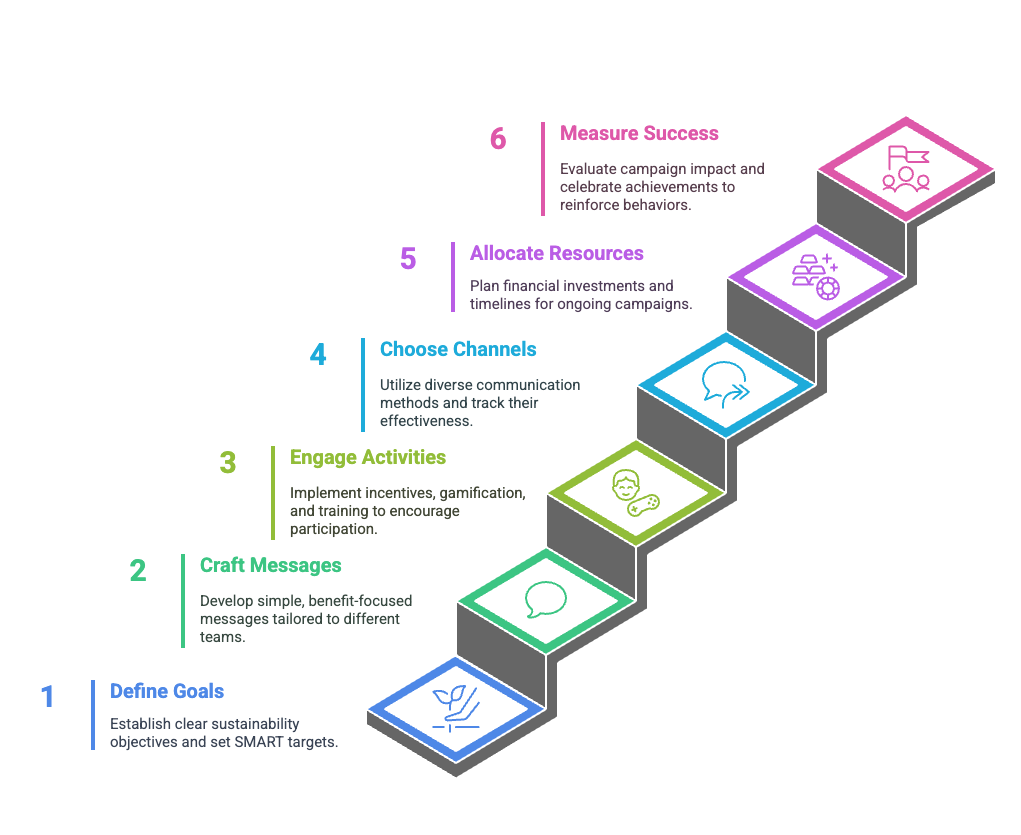
Conclusions.
Motivating your staff to save energy is a continuous process that yields significant rewards.
By understanding the principles of behaviour change, implementing engaging and well-communicated initiatives, and leveraging available support, you can empower your team to become active contributors to a more sustainable and efficient workplace.
Start your journey today and discover how we can help you achieve your energy and sustainability goals.
Would you like to know more?
Do you have any questions about one or more of these topics?
Feel free to contact us at hello@bramoenergy.com.
